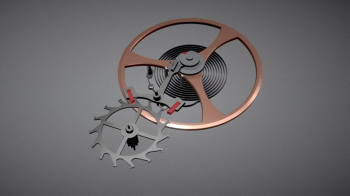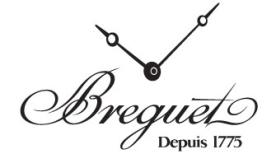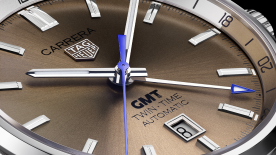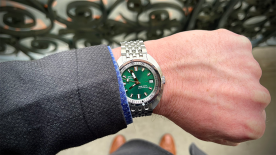In our first chapter about regulators, we talked about what the regulating organ does in a timepiece, and what components it comprises, namely the oscillator and escapement. Today, we’re going deep into oscillators, so get ready for a head-spinning experience. You can’t multi-task while trying to understand oscillators, so I recommend you read this at a time you’re able to let your mind focus. On the train, perhaps, or take a 10-minute bathroom break. Even if you’re not technically minded and have no interest in horological oscillators, this article may still prove useful to you if you have problems getting to sleep at night. I’m kidding, of course. Oscillators are fascinating; you’ll be up way past your bedtime.
Quick refresher on what an oscillator does: it oscillates — that is, it moves rhythmically in alternating directions when given an impulse. This rhythmic oscillation, or vibration, provides us with an indication of discrete time units, one immediately following the other, all of them of equal duration, just like you would see in a metronome.
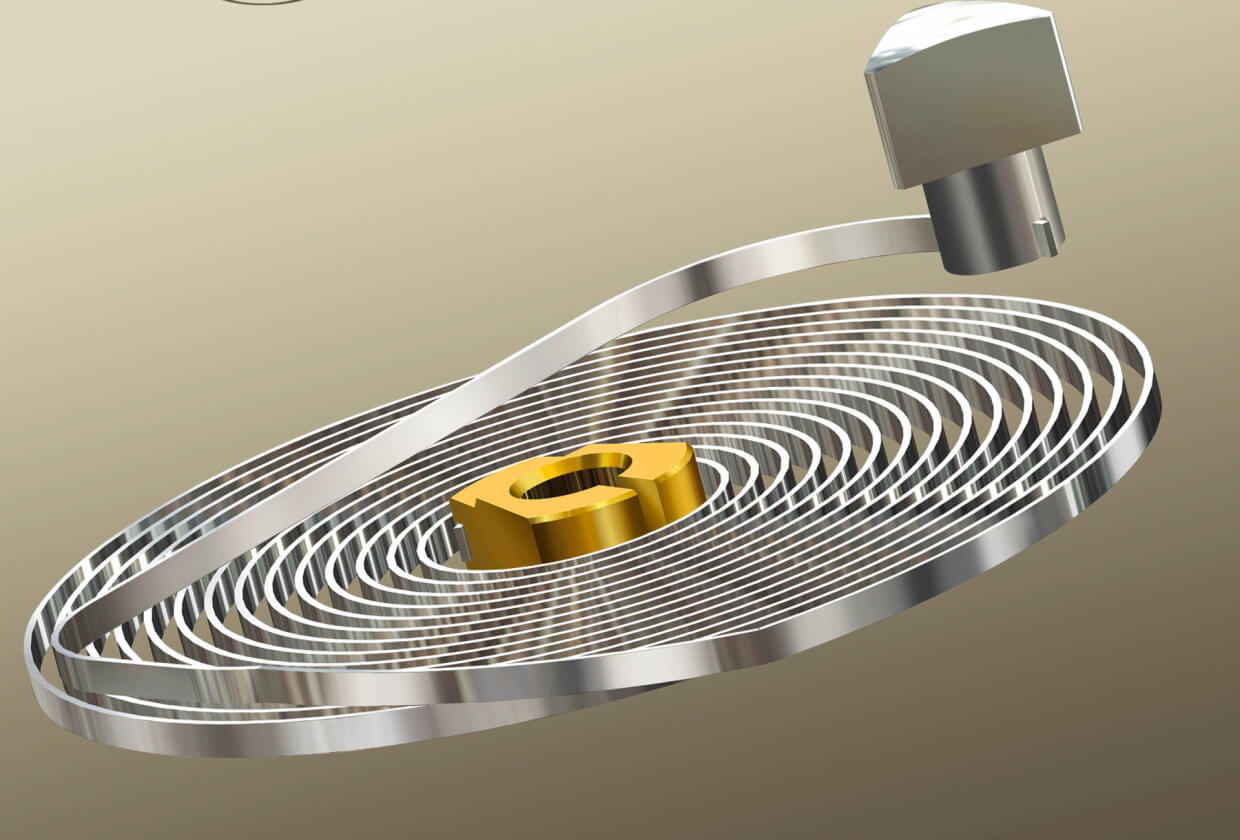
A swinging pendulum is another example of an oscillator, which is why you see pendulums in large mechanical clocks; they form part of the regulating organ in these clocks. It isn’t really convenient or practical to incorporate a swinging pendulum in a wristwatch, though. Firstly, there isn’t enough space. Secondly, a wristwatch is subject to a lot of random motion while it’s being worn, and a pendulum only works properly if you don’t move it around.
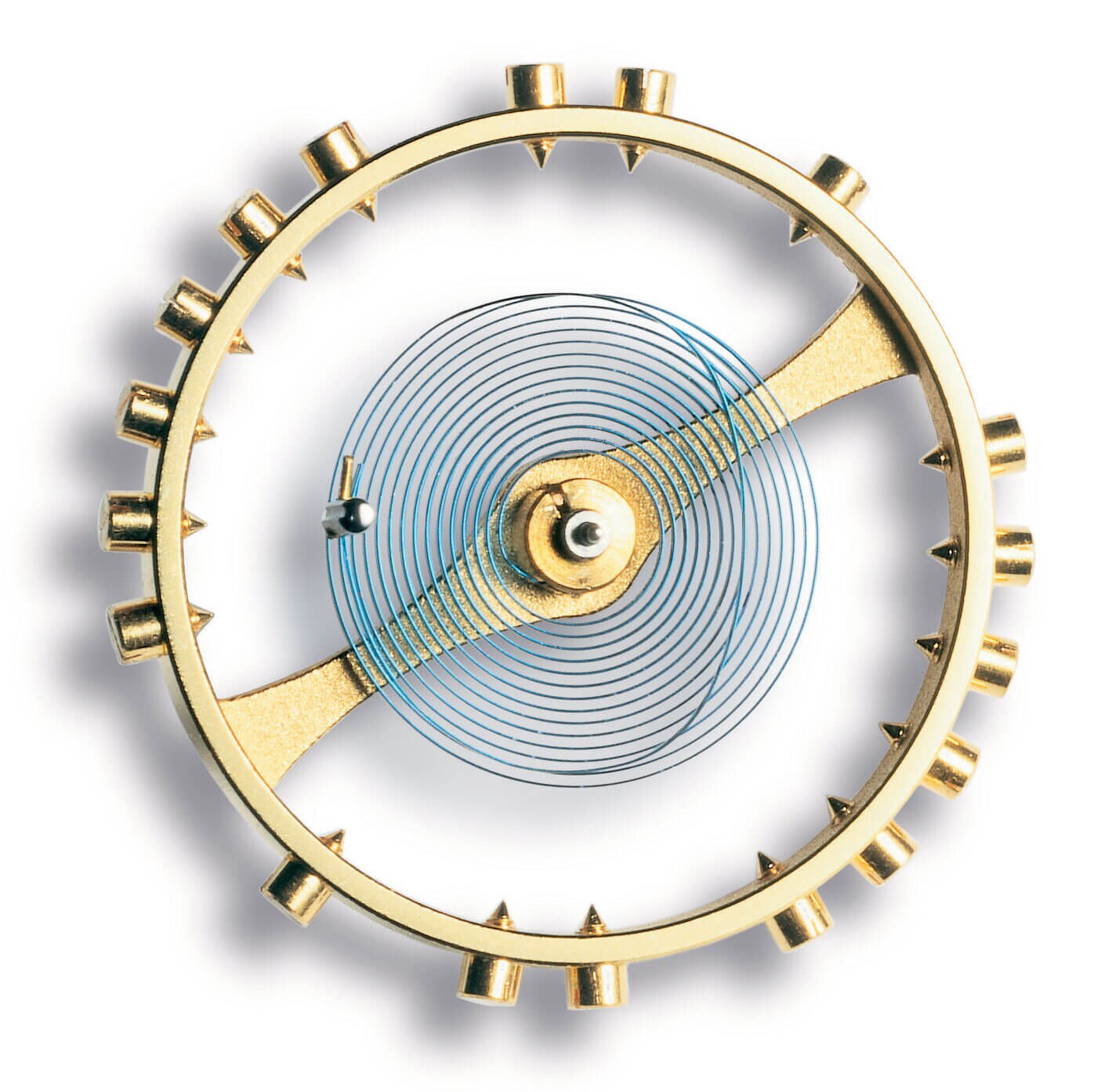
Therefore, in virtually all mechanical wristwatches, the job of an oscillator is done by two components working in concert: a hairspring (also called a balance spring, or you might occasionally see the French term “spiral” being used) and a balance wheel. This system has the advantage of being compact and relatively resistant against the average level of perturbation imparted by the motion of a wrist. This combination of hairspring and balance wheel is commonly referred to as a balance, or balance assembly.
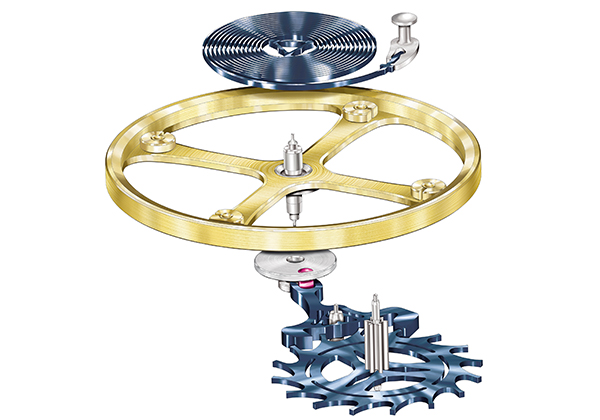
The hairspring is made from a rigid yet flexible material, allowing its coils to expand and contract elastically. The balance wheel adds mass, making the system more stable and easier to adjust.
An energy impulse is delivered to the balance via the impulse jewel. From its position of equilibrium (as determined by the natural tension of the hairspring at rest), the balance first rotates in one direction, moving through an angle anywhere between 270° and 315° — a range determined to be optimal for the timekeeping performance of a watch. Once it reaches the maximum angle of its swing (or amplitude), it then comes back around, rotating in the opposite direction thanks to the elastic returning force provided by the hairspring, which is trying to get back to equilibrium. Back at the equilibrium position, the momentum of the balance alone is enough to keep it rotating in its current direction, but the angle of rotation (amplitude) is likely to be smaller this time. So to make sure that the balance rotates with equal amplitude in both directions, the impulse jewel gets another energy impulse as it passes through the equilibrium position. With this supplemental energy, the balance can continue rotating as strongly as it did in the other direction. When it reaches its maximum amplitude, it comes back around again towards the equilibrium position.
This cycle — starting from the balance at its equilibrium position, rotating in one direction, returning to the equilibrium position, rotating in the other direction, returning to the equilibrium position — is defined as one oscillation. When plotted on a graph (x = time, y = amplitude), you get what is essentially a complete sine wave. Remember in school when we thought we’d never need to use stuff like trigonometry and waveform physics in real life? Hah! I use it every day and it’s not like I’m an engineer or anything — I work in online media. Life is weird.
The number of oscillations made per second by a balance gives us its frequency. A watch with a 3Hz frequency has a balance oscillating three times per second. This is great, because we can now work backwards to figure out that three oscillations of a 3Hz balance gives us one second. A minute is 60 seconds, which means 180 oscillations. An hour is 3,600 seconds, which means 10,800 oscillations. Measuring out days or even years is then merely a matter of counting the right number of oscillations. Hurrah!
The watchmaker who pioneered the chronometric application of pendulums and hairsprings in timekeepers, Robert Hooke (1635–1703), also created the mathematical formulae which allow us to calibrate the frequency of these oscillators. Thanks to him, we know precisely how and how much to vary the different properties of oscillators in order to make them oscillate at a particular desired frequency. For example, decreasing the length of a hairspring or decreasing the mass of a balance wheel has the effect of increasing its frequency. When fitting a balance to a watch movement, a watchmaker trained in regulating organs can therefore perform the minute adjustments needed to make the balance oscillate at precisely 3Hz, or whatever frequency is required.
If you’ve followed everything up until this point, congratulations! You now understand the fundamentals of how a mechanical watch keeps time. In our next two chapters, appearing in the following weeks, we explain the all-important escapement and how it enables the transfer of energy between the watch’s energy source and the oscillator.
This article series is dedicated to Dr Rebecca Struthers, who kindly offered her expert comments on the text. Dr Struthers is the co-founder of Struthers Watchmakers and the first British watchmaker to receive a PhD in horology.
